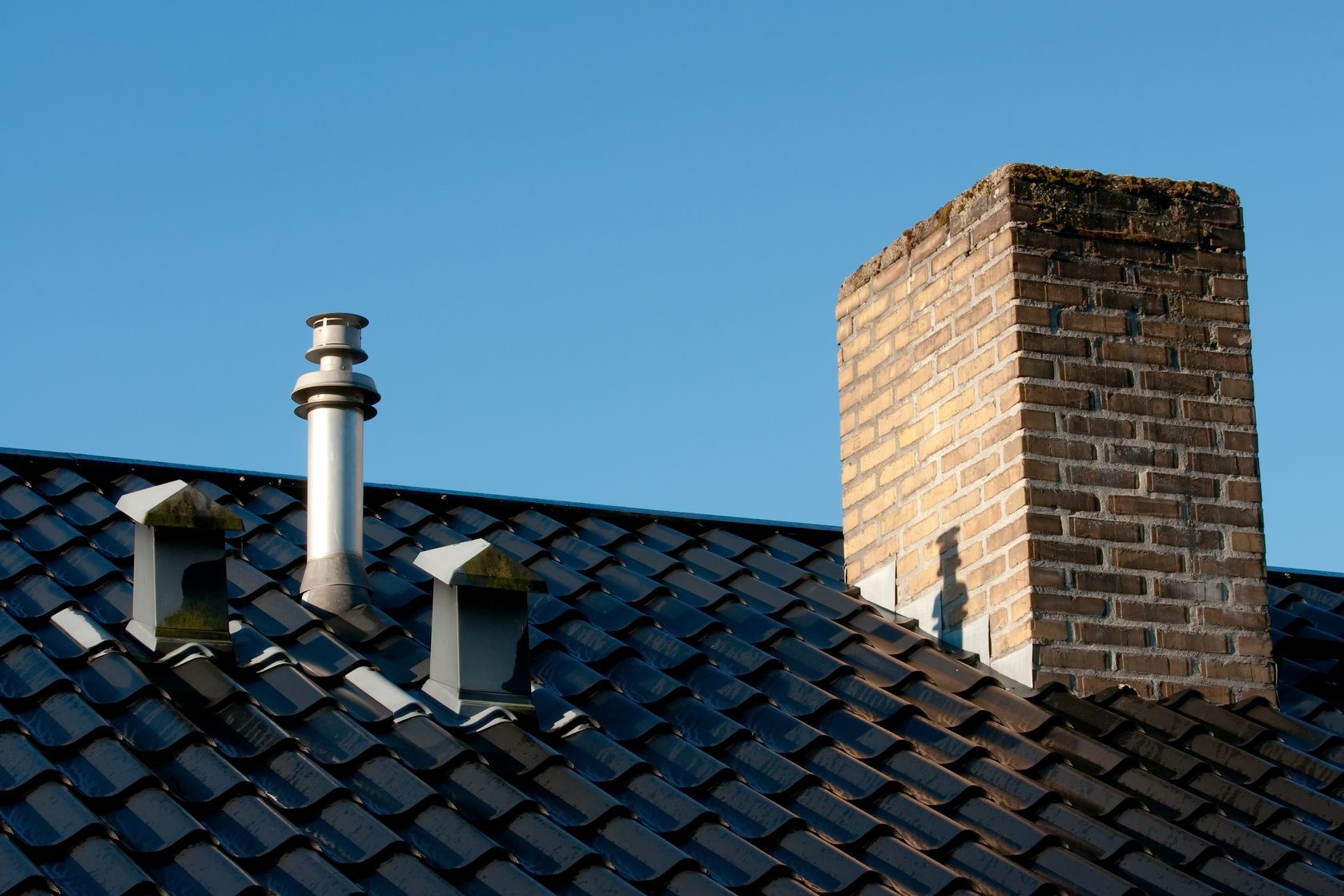

Articles
How To Clear A Plumbing Vent
Modified: February 23, 2024
Looking for plumbing vent clearing tips? Check out our informative articles for step-by-step guides on how to clear a plumbing vent and keep your plumbing system running smoothly.
(Many of the links in this article redirect to a specific reviewed product. Your purchase of these products through affiliate links helps to generate commission for Storables.com, at no extra cost. Learn more)
Introduction
Welcome to our comprehensive guide on how to clear a plumbing vent. If you’re experiencing plumbing issues in your home, a blocked plumbing vent could be the culprit. Understanding what a plumbing vent is, how to recognize signs of a blocked vent, and why it’s important to clear it are crucial for maintaining your plumbing system’s functionality.
A plumbing vent is an essential component of the drainage system in your home. It serves as an outlet for sewer gas to escape, preventing unpleasant odors from entering your living space. Additionally, it helps equalize air pressure within the plumbing system, ensuring smooth and efficient drainage.
However, over time, debris such as leaves, twigs, or even small animals can accumulate in the plumbing vent, obstructing the airflow and causing issues. This blockage can lead to slow draining sinks, gurgling toilets, foul odors, and even sewage backups in extreme cases.
It is crucial to recognize the signs of a blocked plumbing vent to address the issue promptly. If you notice strange noises when flushing the toilet or draining the sink, foul smells coming from your drains, or frequent clogging, it’s likely that your plumbing vent needs attention.
Clearing a plumbing vent is essential to restore proper drainage and eliminate unpleasant odors. Neglecting this maintenance task can lead to more severe plumbing issues down the line, such as complete drain blockages or damaged pipes.
Now that you understand the importance of clearing a plumbing vent let’s dive into the tools and materials you’ll need for this task.
Key Takeaways:
- Regularly clearing a blocked plumbing vent is crucial for maintaining proper drainage, preventing foul odors, and prolonging the lifespan of plumbing fixtures. It’s a simple task with significant benefits for your home’s plumbing system.
- When clearing a plumbing vent, prioritize safety, use the right tools, and consider professional help if needed. Regular maintenance and inspections can prevent future blockages and ensure an efficient plumbing system.
Read more: How To Clear A Clogged Dryer Vent
What is a Plumbing Vent?
A plumbing vent is a vital part of a building’s drainage system. It connects to the drain pipes and extends to the roof, allowing air to flow in and out of the plumbing system. Its primary function is to prevent the formation of a vacuum that can disrupt the proper flow of wastewater and sewer gases.
The plumbing vent is typically a vertical pipe that runs through the walls and roof of a structure. It is usually made of plastic or metal and is designed to provide a direct path for air to escape or enter the drainage system. The vent pipe is connected to the drain pipe near the fixtures, such as sinks, toilets, and showers.
One of the main purposes of a plumbing vent is to equalize air pressure within the drainage system. As water flows through the drain pipes, it creates a suction effect that can slow down or inhibit the flow of wastewater. The vent pipe allows fresh air to enter the system, relieving the negative pressure and ensuring that water can flow freely.
In addition to equalizing air pressure, the plumbing vent prevents the buildup of sewer gases in the drainage system. As wastewater flows down the drain, it carries these gases, which can include harmful substances like methane. If there is no vent, these gases can get trapped and accumulate within the pipes, eventually making their way back into the living spaces of the building. The plumbing vent provides an escape route for these gases, releasing them safely outside the building.
The plumbing vent also serves as a vent for odors. Without proper ventilation, foul smells can linger in the drainage system, causing unpleasant odors inside the building. The vent pipe allows these odors to disperse outside, ensuring a fresh and odor-free environment indoors.
Overall, a plumbing vent is crucial for maintaining the functionality of your drainage system. It ensures proper drainage, prevents sewer gas buildup, and eliminates foul odors, all of which contribute to a healthier and more efficient plumbing system.
Signs that Your Plumbing Vent May be Blocked
A blocked plumbing vent can cause various plumbing issues within your home. Recognizing the signs of a blocked vent is essential for identifying and resolving the problem in a timely manner. Here are some common signs that indicate your plumbing vent may be blocked:
- Slow Draining Fixtures: If you notice that your sinks, showers, or toilets are draining slowly, it could be an indication of a blocked plumbing vent. The obstruction restricts the airflow, causing water to drain sluggishly.
- Gurgling Noises: When you flush the toilet or run water down the sink, do you hear gurgling sounds coming from the drains? This is often a sign of a blocked vent. The trapped air causes the water to gurgle as it tries to escape through the restricted passage.
- Foul Odors: A blocked plumbing vent can result in unpleasant odors coming from your drains. The vent helps to release sewer gases safely, but if it’s blocked, those gases can back up into your home, leading to foul smells.
- Multiple Clogged Drains: If you have multiple fixtures in your home experiencing clogs simultaneously, it could be a sign of a blocked plumbing vent. The obstruction prevents proper drainage and can cause backups in different areas of your plumbing system.
- Fluctuating Water Levels in Toilets: A blocked vent can cause water levels in your toilet bowl to fluctuate. When the vent is obstructed, it disrupts the balance of the drainage system, leading to inconsistent water levels.
- Presence of Debris or Animals: Occasionally, debris such as leaves, twigs, or even small animals can find their way into the plumbing vent. If you notice any visible obstructions or suspect that an animal has nested in the vent, it’s likely causing a blockage.
If you observe any of these signs, it’s important to address the issue promptly to prevent further damage to your plumbing system. Now that you’re aware of the signs, let’s explore why it’s crucial to clear a blocked plumbing vent.
Why it’s Important to Clear a Plumbing Vent
Clearing a blocked plumbing vent is essential for maintaining the proper functionality of your plumbing system and ensuring a healthy and odor-free living environment. Here are several reasons why it’s important to clear a plumbing vent:
- Restores Proper Drainage: A blocked vent restricts the airflow within the plumbing system, leading to slow or inefficient drainage. By clearing the obstruction, you allow the free flow of air, enabling water to move smoothly through the pipes and preventing backups or clogs.
- Prevents Sewer Gas Buildup: The plumbing vent acts as a pressure relief valve, allowing sewer gases to escape safely to the outside. When the vent is blocked, these gases can accumulate within the pipes and potentially enter your living spaces through drains or other openings. Clearing the vent prevents the buildup of sewer gases, ensuring a healthy and safe environment.
- Eliminates Foul Odors: A blocked plumbing vent can result in unpleasant odors permeating your home. The vent is designed to vent odors from the drainage system to the outside. When it’s obstructed, those odors can linger inside your home, causing discomfort. Clearing the vent will help eliminate these foul odors, creating a more pleasant living environment.
- Prevents Drainage Issues: If left unaddressed, a blocked plumbing vent can lead to more significant plumbing problems. Water and waste can accumulate, leading to backups, clogs, and potential pipe damage. Clearing the vent prevents these issues from occurring and saves you from costly repairs down the line.
- Prolongs the Lifespan of Plumbing Fixtures: When a plumbing vent is blocked, the lack of proper airflow puts additional strain on your plumbing fixtures. Over time, this can lead to premature wear and tear, reducing their lifespan. By clearing the vent, you ensure that your fixtures can function optimally for an extended period.
- Promotes Efficient Water Usage: A blocked vent can result in slow drainage, which may lead to increased water usage as you wait for sinks or showers to empty. By clearing the vent, you restore efficient water flow, promoting water conservation and reducing utility costs.
Clearing a blocked plumbing vent is a relatively simple and cost-effective task that can have significant benefits for both your plumbing system’s performance and your living environment. Now that you understand the importance of clearing a plumbing vent, let’s move on to the tools and materials you’ll need for the job.
Make sure to regularly inspect and clear your plumbing vent of any debris or blockages to ensure proper air flow and prevent potential plumbing issues.
Tools and Materials Needed
Before you start clearing a plumbing vent, it’s important to gather the necessary tools and materials. Having the right equipment will make the process more efficient and help you achieve successful results. Here are the tools and materials you will need:
- Ladder: Depending on the height of your roof, you may need a ladder to access the plumbing vent. Make sure you choose a sturdy and stable ladder that can support your weight safely.
- Gloves: It’s important to protect your hands while working with the plumbing vent. Wear thick rubber gloves to prevent injuries and avoid direct contact with any debris or potential contaminants.
- Protective Eyewear: To shield your eyes from any debris or splashing water, wear safety goggles or protective eyewear.
- Plumber’s Snake or Auger: A plumber’s snake or auger is a flexible coil that can be inserted into the plumbing vent to clear blockages. Choose a snake or auger that is long enough to reach the blockage and has a suitable diameter for your vent pipe.
- Bucket or Bag: Have a bucket or bag handy to collect any debris or material that may come out of the vent pipe during the clearing process.
- Water Hose: If the blockage in your plumbing vent is caused by hardened debris or buildup, you may need a water hose with a high-pressure nozzle attachment. This will help to break up the clog and flush it out.
- Safety Harness (optional): If you’re not comfortable working on a ladder or feel safer using additional protection, consider wearing a safety harness to secure yourself to a stable anchor point.
- Plumber’s Tape: Plumber’s tape, also known as Teflon tape, is useful for sealing any connections or joints in the vent pipe that may be loose or leaking.
- Flashlight: A flashlight will come in handy for inspecting the plumbing vent and identifying any potential blockages or damage.
By having these tools and materials ready, you’ll be prepared to tackle the task of clearing your plumbing vent efficiently and effectively. In the next section, we’ll provide you with a step-by-step guide to help you navigate the process smoothly.
Read more: How To Vent A Bathroom Plumbing
Step-by-Step Guide to Clearing a Plumbing Vent
Clearing a blocked plumbing vent requires a systematic approach to ensure success. Follow these step-by-step instructions to effectively clear your plumbing vent:
- Safety First: Before starting any work, ensure you have the appropriate safety gear, including gloves and protective eyewear. If necessary, secure yourself with a safety harness if you’re working on a ladder.
- Access the Plumbing Vent: Use a ladder to access the plumbing vent on your roof. Exercise caution and make sure the ladder is stable before climbing up.
- Inspect the Vent: Shine a flashlight down the vent pipe and visually inspect the interior. Look for any visible blockages, such as debris or animal nests. Take note of the location and severity of the blockage.
- Clear Debris: If the blockage is caused by loose debris, use a plumber’s snake or auger to insert into the vent pipe. Rotate the snake or auger clockwise while gently pushing it down the pipe. This will help dislodge and remove any obstructing debris.
- Flush with Water: If the blockage is stubborn or consists of hardened buildup, you may need to flush it out with water. Connect a water hose with a high-pressure nozzle attachment to a nearby outdoor faucet. Insert the hose into the vent pipe and turn on the water, allowing it to flow through the pipe to dislodge the blockage.
- Repeat if Necessary: If the blockage persists after the initial attempt, repeat the steps outlined above until the vent pipe is clear. Be patient and persistent, as some blockages may require multiple attempts.
- Clean up: As you clear the blockage, debris may be dislodged and fall out of the vent pipe. Make sure to collect any debris in the bucket or bag for proper disposal.
- Inspect for Damage: Once the vent is clear, inspect the pipe for any signs of damage, such as cracks or leaks. If you notice any issues, consider calling a professional plumber to assess and repair the damage.
- Secure Connections: If you disconnected or loosened any connections during the clearing process, make sure to secure them properly. Use plumber’s tape to seal any loose or leaking joints.
- Document and Maintain: Take note of the date and any pertinent information about the clearing process. Regularly inspect and maintain your plumbing vent to prevent future blockages.
Following these step-by-step instructions will help you successfully clear a blocked plumbing vent and restore proper functionality to your plumbing system. However, if you encounter any difficulties or are unsure about the process, it’s always best to consult a professional plumber for assistance.
Tips and Precautions
Clearing a plumbing vent can be a straightforward process, but it’s important to take some precautions and keep a few tips in mind to ensure your safety and success:
- Use Protective Gear: Always wear gloves and protective eyewear when working on your plumbing vent to prevent injuries and avoid direct contact with debris or potential contaminants.
- Secure Yourself: If you’re working on a ladder to access the roof, make sure it is stable and secure. Consider using a safety harness for added protection, especially on higher roofs.
- Be Mindful of Surroundings: When working on the roof, be aware of your surroundings. Watch out for overhead power lines and other potential hazards to ensure your safety.
- Inspect Regularly: Regularly inspect your plumbing vent to catch any blockages or issues early on. Prevention is always better than dealing with a major blockage or backup.
- Avoid Harsh Chemicals: While there are chemical drain cleaners available, it’s best to avoid using them to clear a plumbing vent. These chemicals may not effectively remove the blockage and can be harmful to the environment and your plumbing system.
- Consider Professional Help: If you’re unsure about clearing a plumbing vent or encounter persistent blockages, it’s wise to seek professional assistance. A licensed plumber will have the expertise and specialized equipment to tackle the task safely and effectively.
- Maintain Clean Surroundings: Keep the area around your plumbing vent clean and free from debris. Regularly remove leaves, twigs, and other debris to prevent blockages from occurring in the first place.
- Document Maintenance: Keep a record of when you cleared the plumbing vent and any pertinent information. This will help you track its maintenance history and identify any recurring issues.
- Consider Installing Vent Guards: To prevent debris and animals from entering your plumbing vent, consider installing vent guards or caps. These can help minimize the risk of blockages and protect against potential nesting or infestation.
- Review Local Codes: Familiarize yourself with local plumbing codes and regulations regarding venting. Ensure that any modifications or installations comply with these standards.
By following these tips and precautions, you can safely and effectively clear a blockage in your plumbing vent. Remember to prioritize your safety and seek professional assistance when needed. With proper maintenance and periodic inspections, you can keep your plumbing vent in optimal condition and prevent issues from arising in the future.
Conclusion
Clearing a plumbing vent is a vital maintenance task that homeowners should be familiar with. By understanding what a plumbing vent is, recognizing the signs of a blocked vent, and knowing how to clear it, you can ensure the proper functioning of your plumbing system and maintain a healthy living environment.
A plumbing vent plays a crucial role in equalizing air pressure, preventing sewer gas buildup, and eliminating foul odors. When a vent becomes blocked, it can lead to slow drainage, gurgling noises, foul odors, and even multiple clogged drains. Addressing these issues promptly is crucial to prevent more severe plumbing problems.
With the right tools and materials, you can effectively clear a blocked plumbing vent. Using a plumber’s snake or auger, as well as flushing with water, can remove debris and restore proper airflow. Regular inspections and maintenance of your plumbing vent can prevent future blockages and help prolong the lifespan of your fixtures.
When working on your plumbing vent, remember to prioritize your safety by using protective gear and securing yourself on a stable ladder. If you encounter persistent blockages or are unsure about the process, it’s best to consult a professional plumber for assistance.
By following the tips and precautions outlined in this guide, you can safely and successfully clear a blocked plumbing vent. Regular maintenance and keeping the area clean will help prevent future issues and ensure the optimal performance of your plumbing system.
Remember, a properly functioning plumbing vent is key to maintaining a healthy and efficient plumbing system in your home. Stay proactive, address any blockages promptly, and enjoy a well-operating plumbing system that keeps your home running smoothly.
Frequently Asked Questions about How To Clear A Plumbing Vent
Was this page helpful?
At Storables.com, we guarantee accurate and reliable information. Our content, validated by Expert Board Contributors, is crafted following stringent Editorial Policies. We're committed to providing you with well-researched, expert-backed insights for all your informational needs.
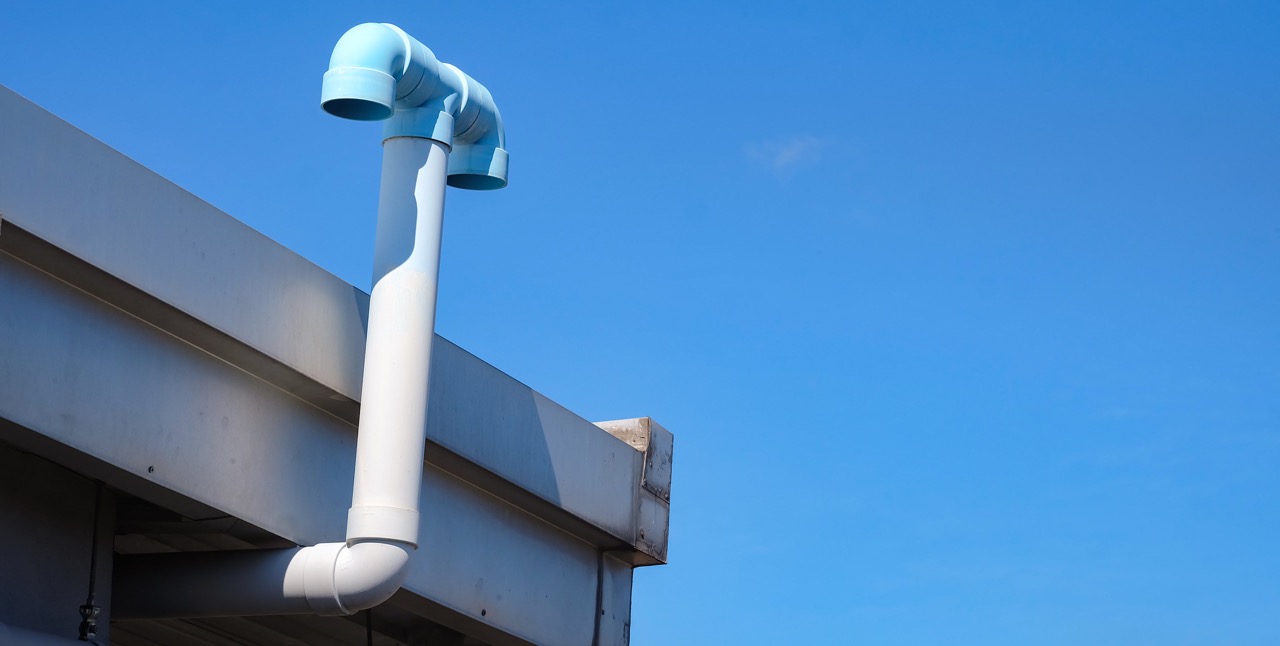
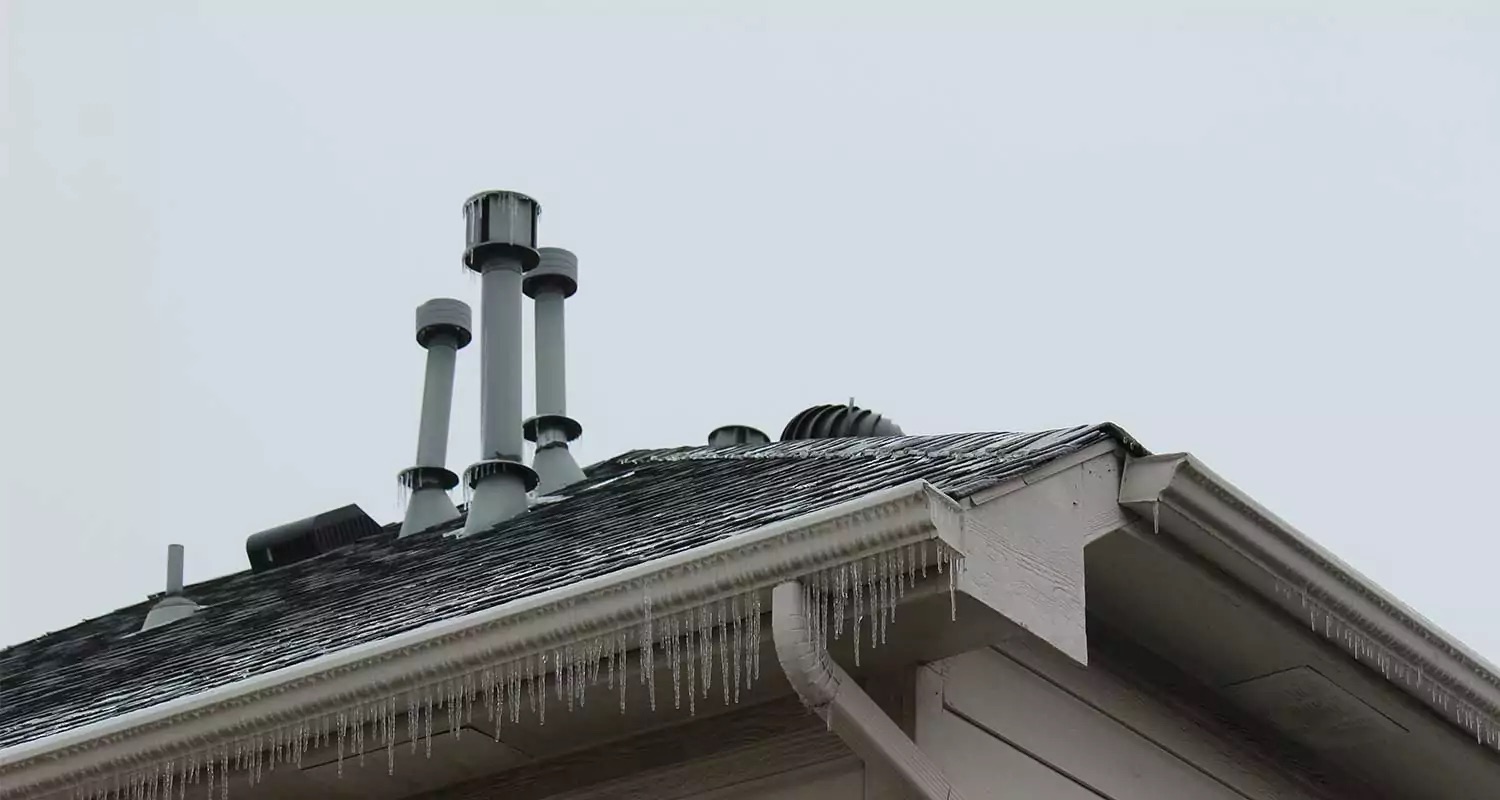
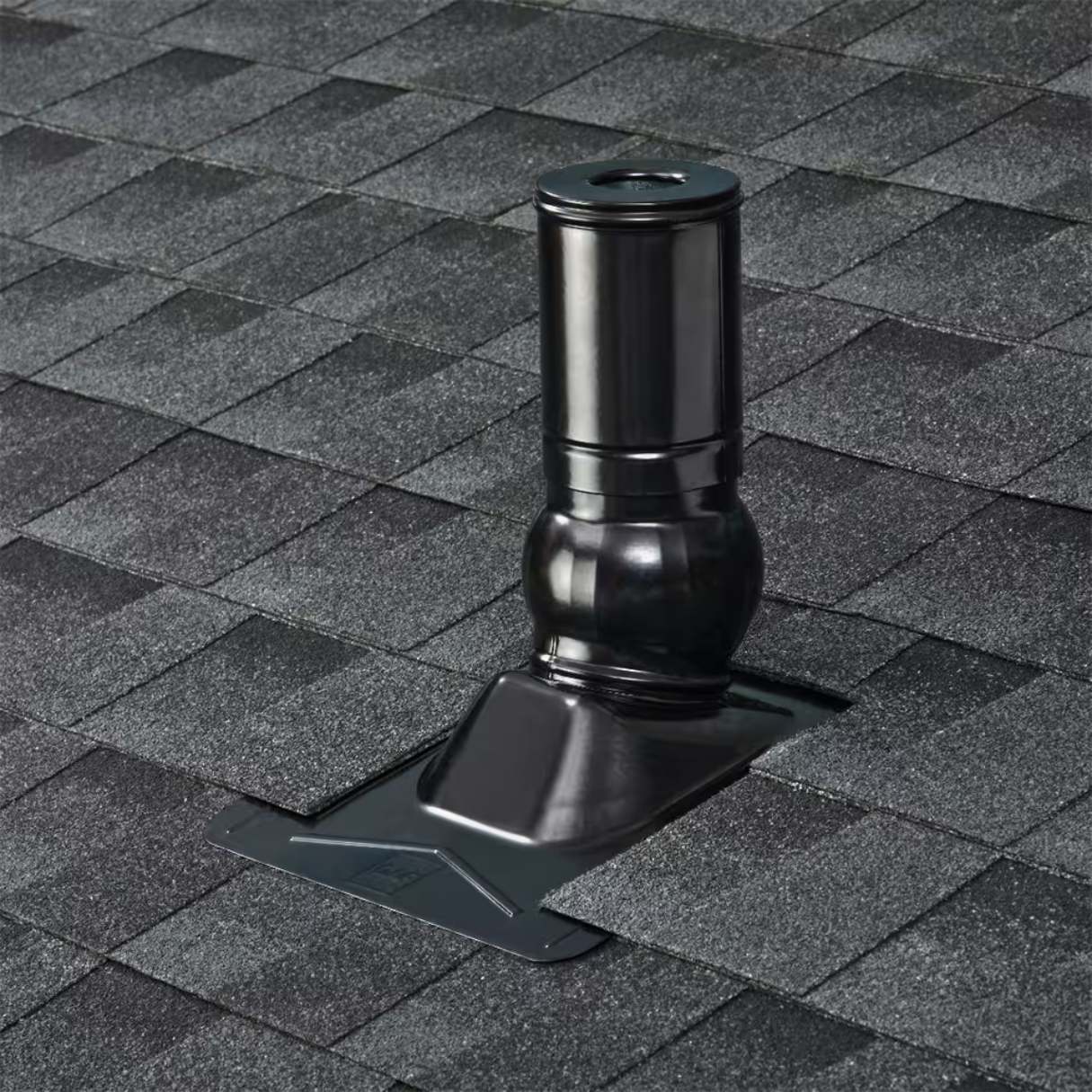
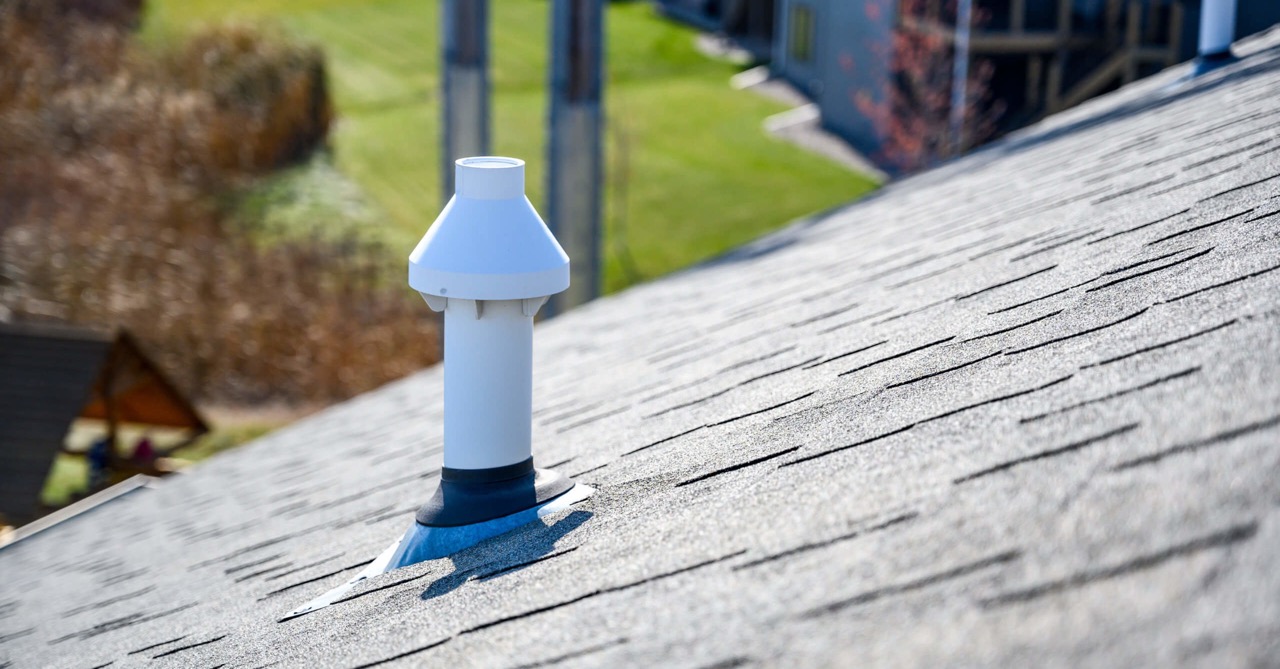
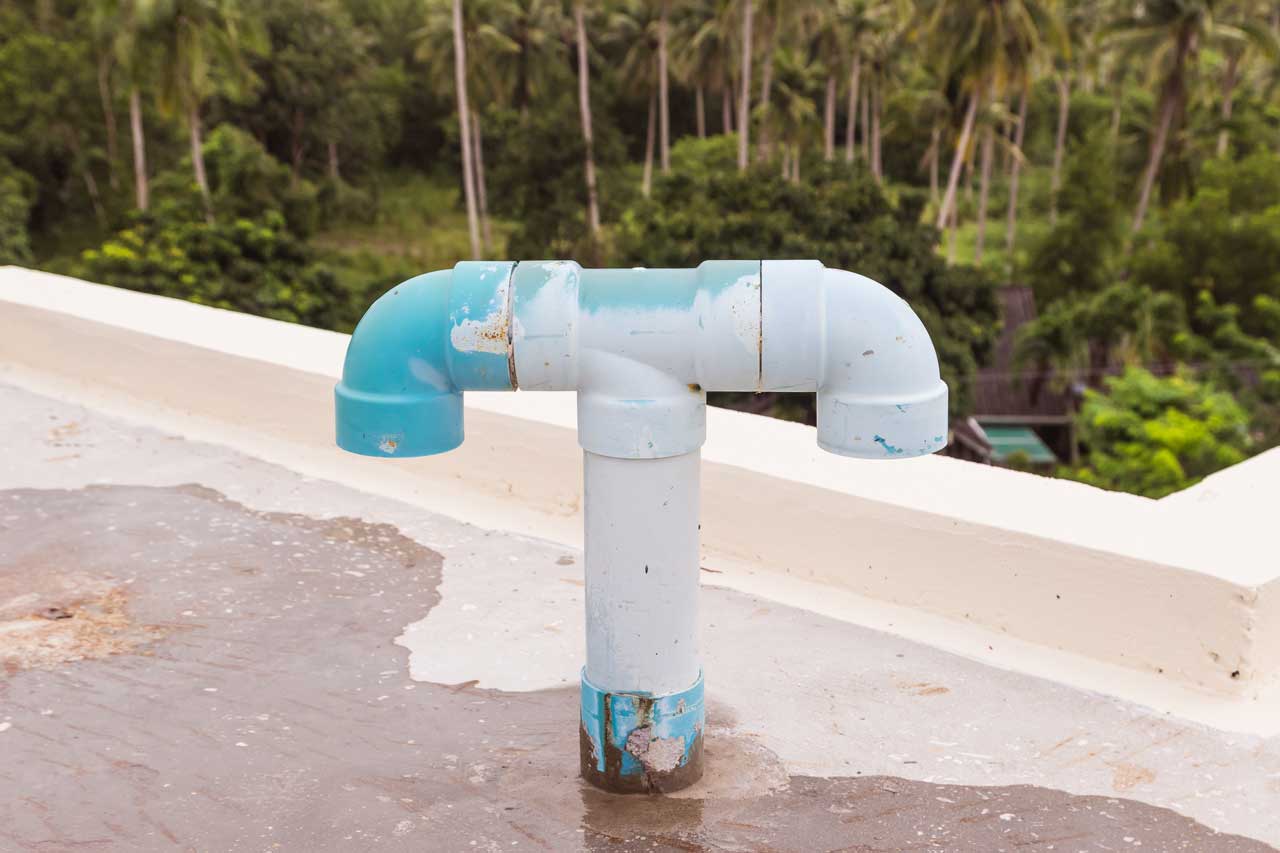
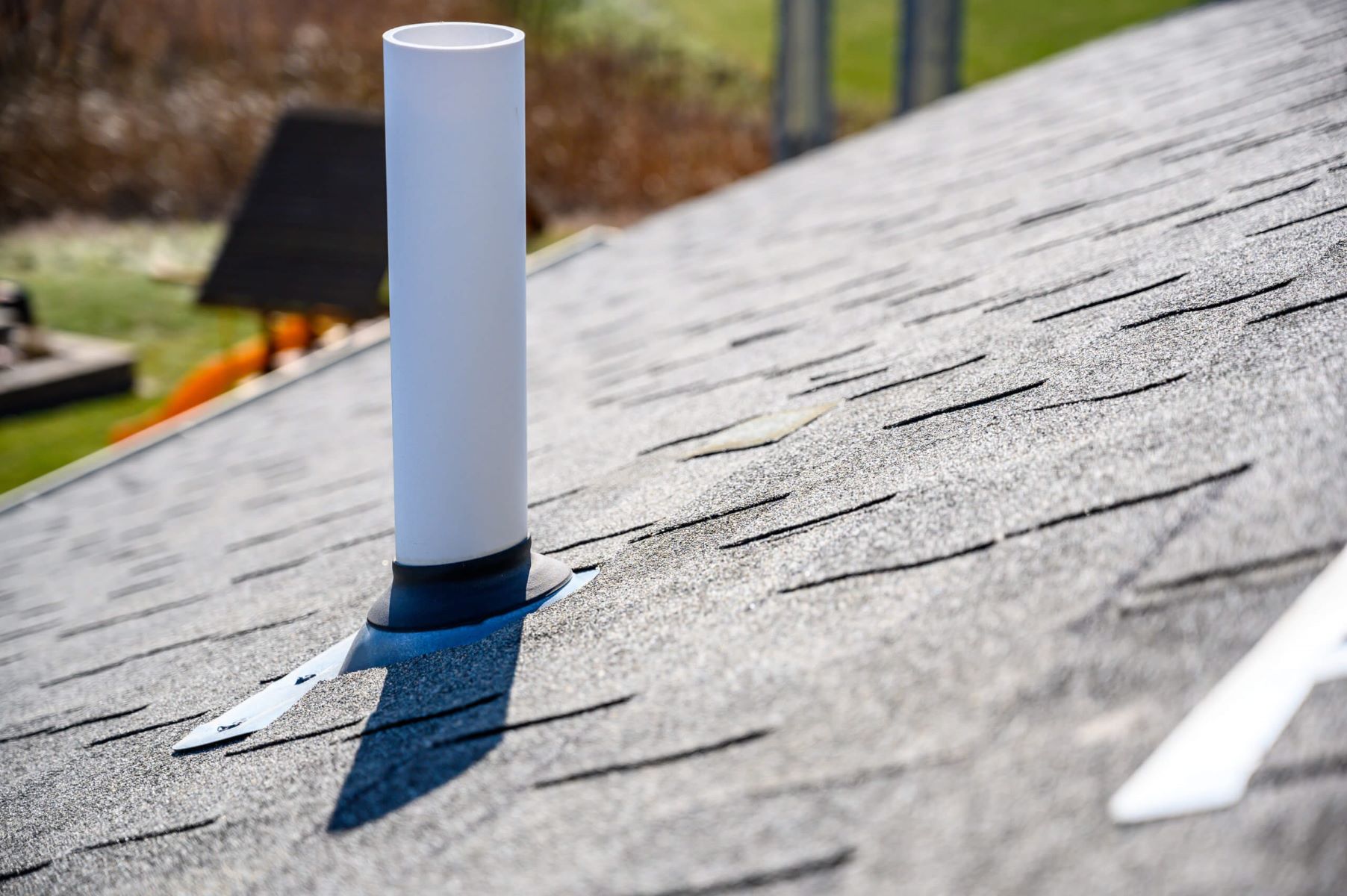
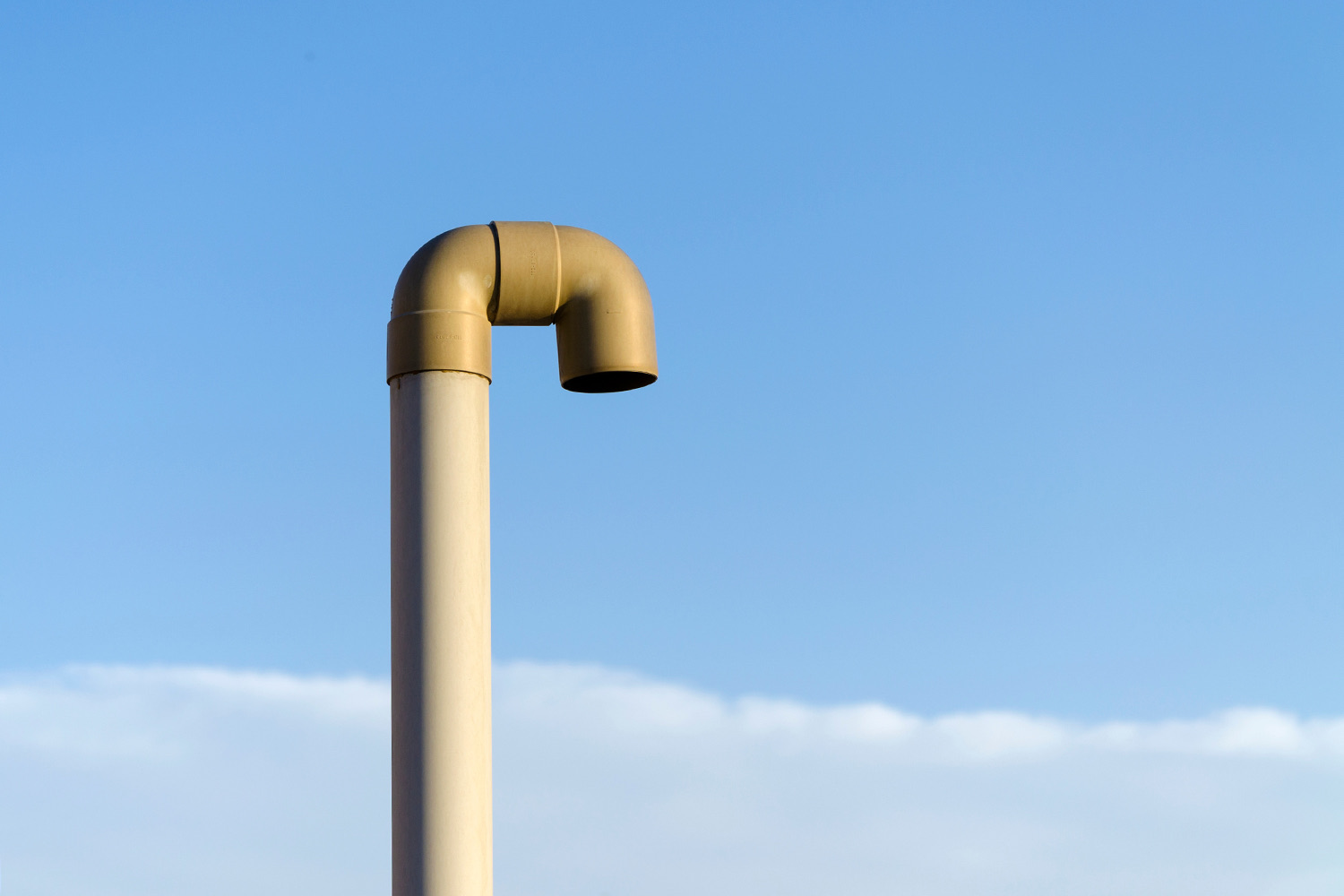
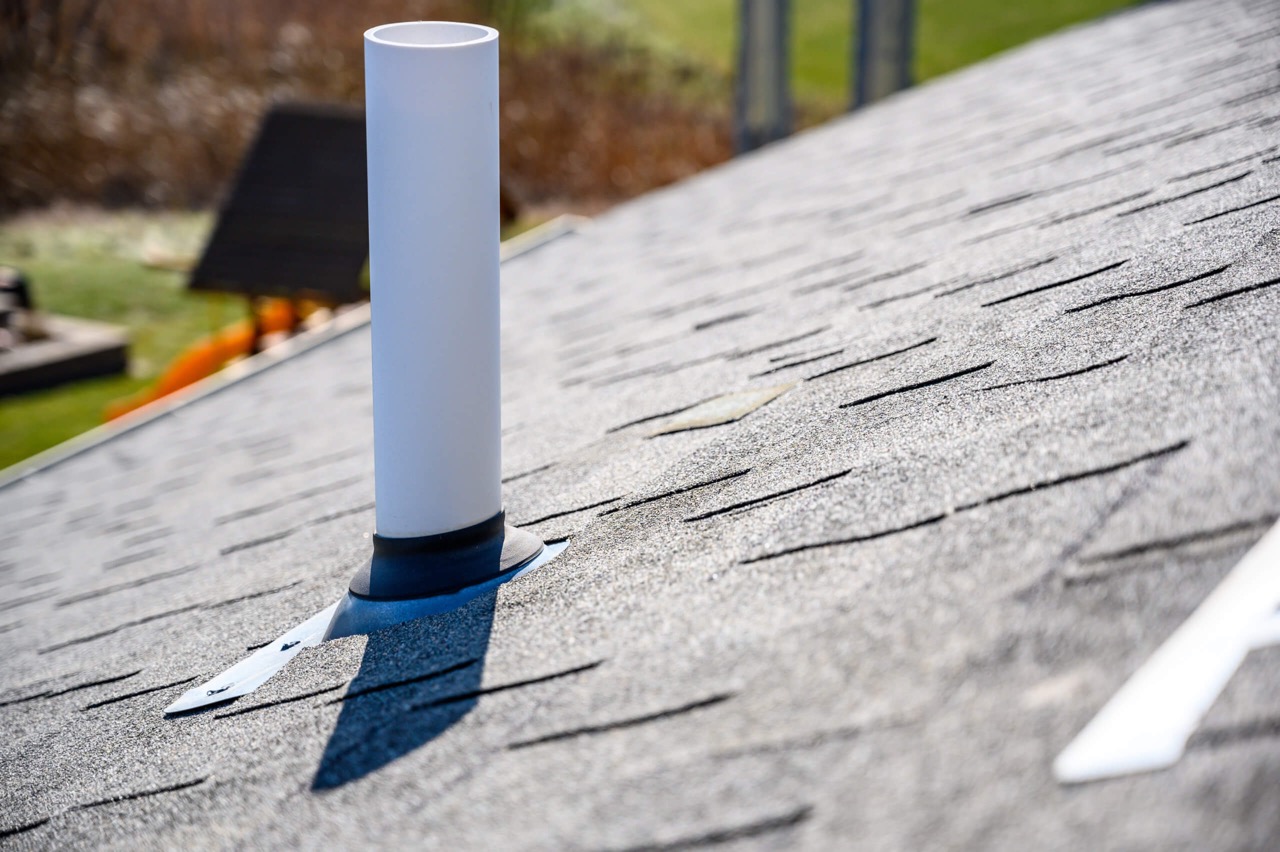
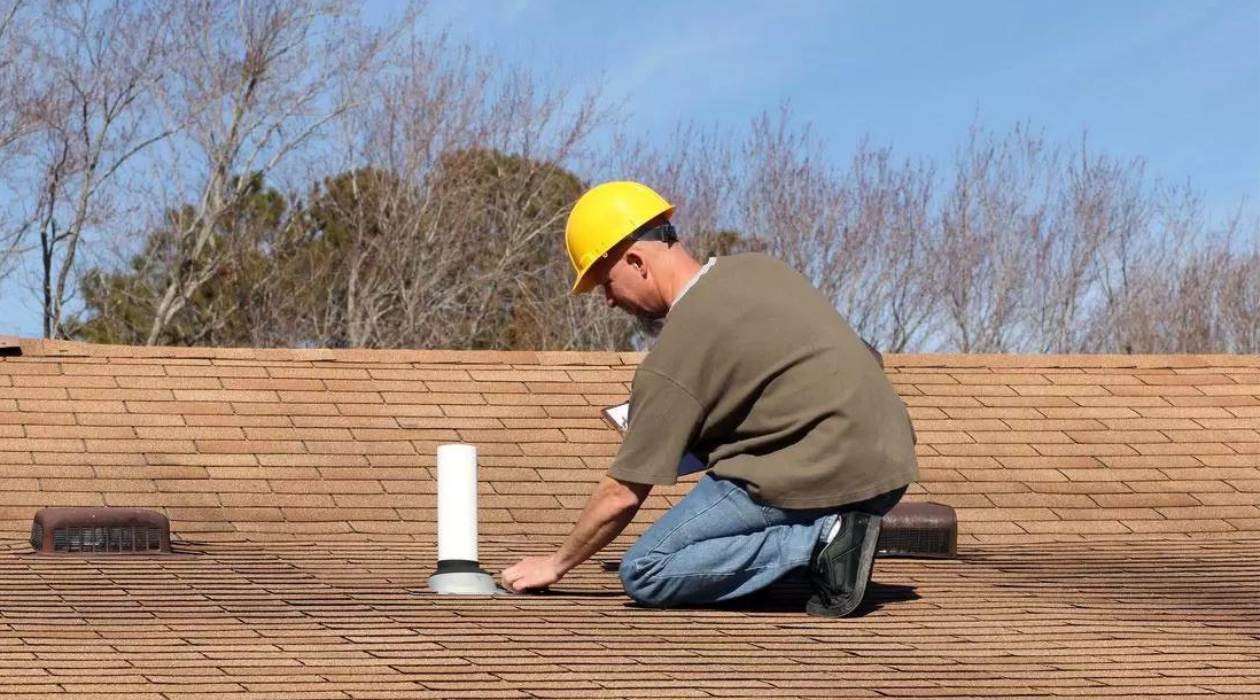
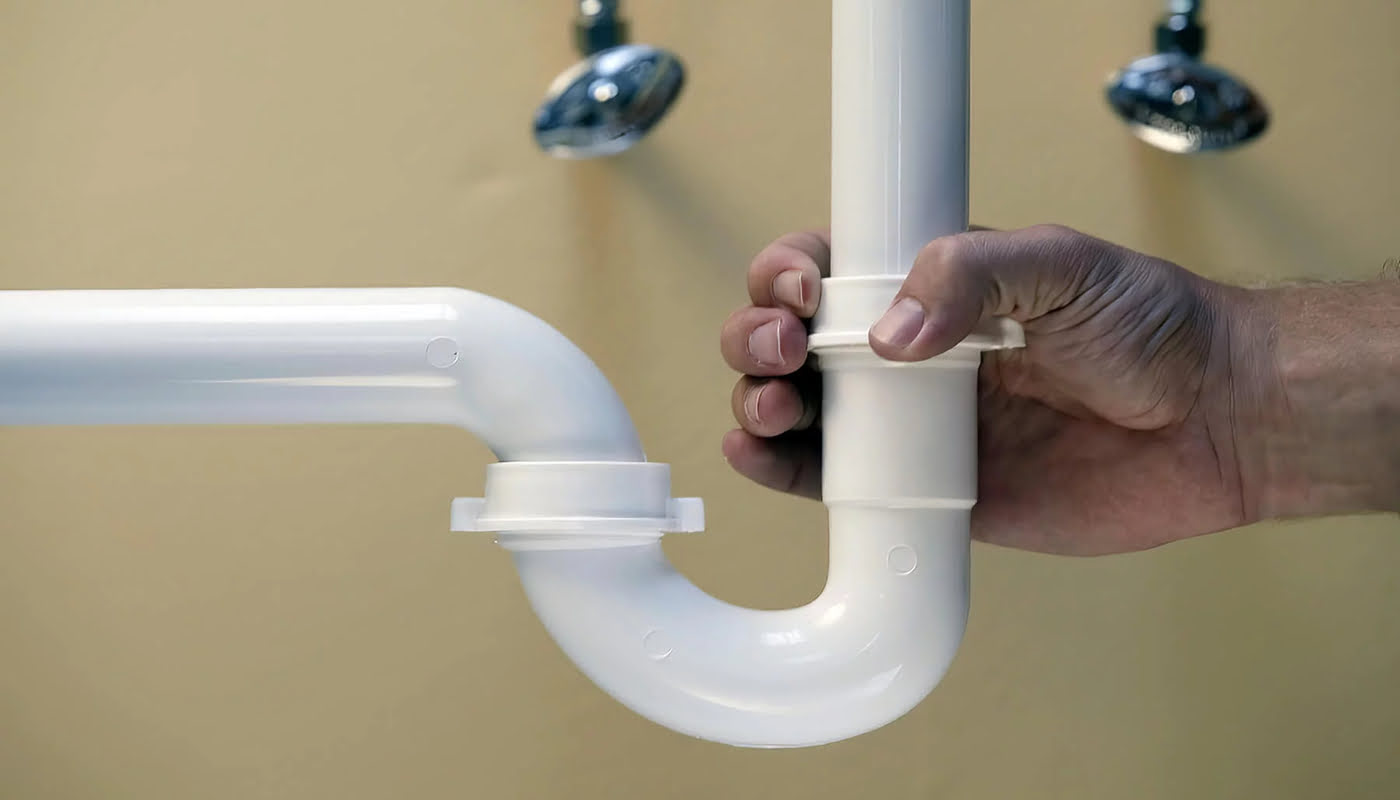
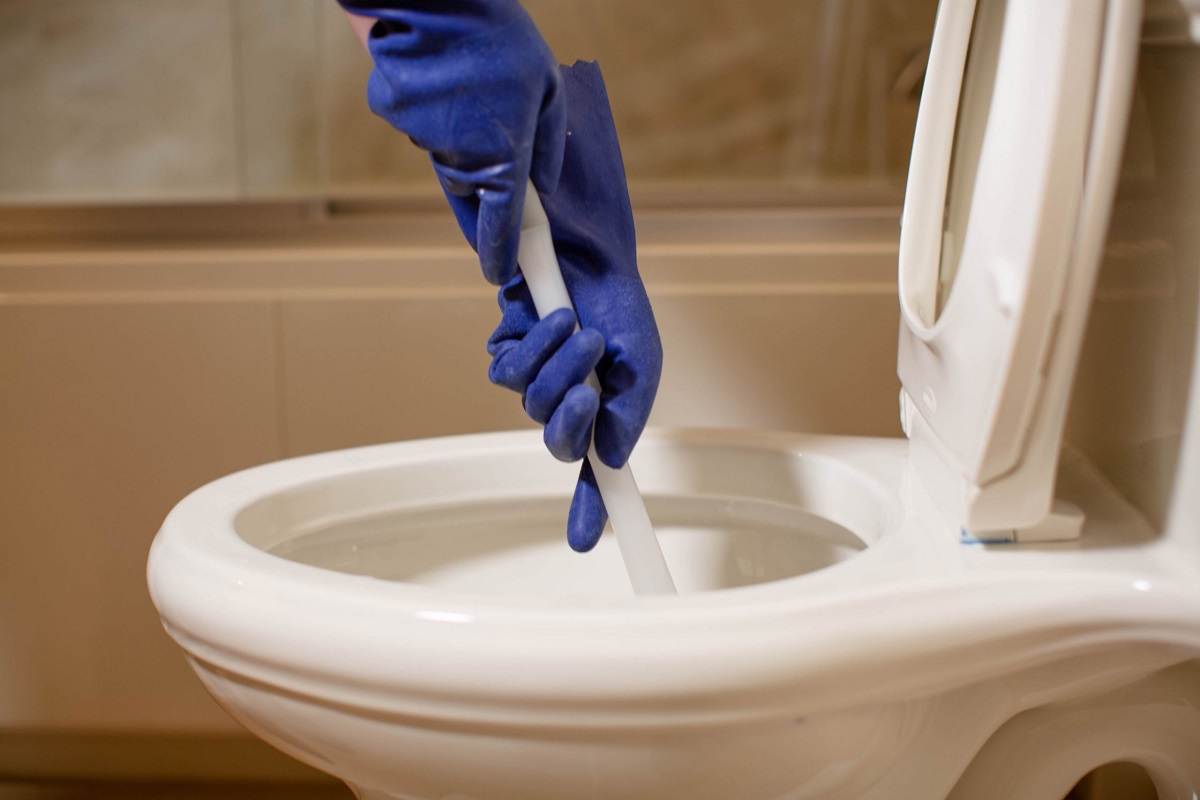

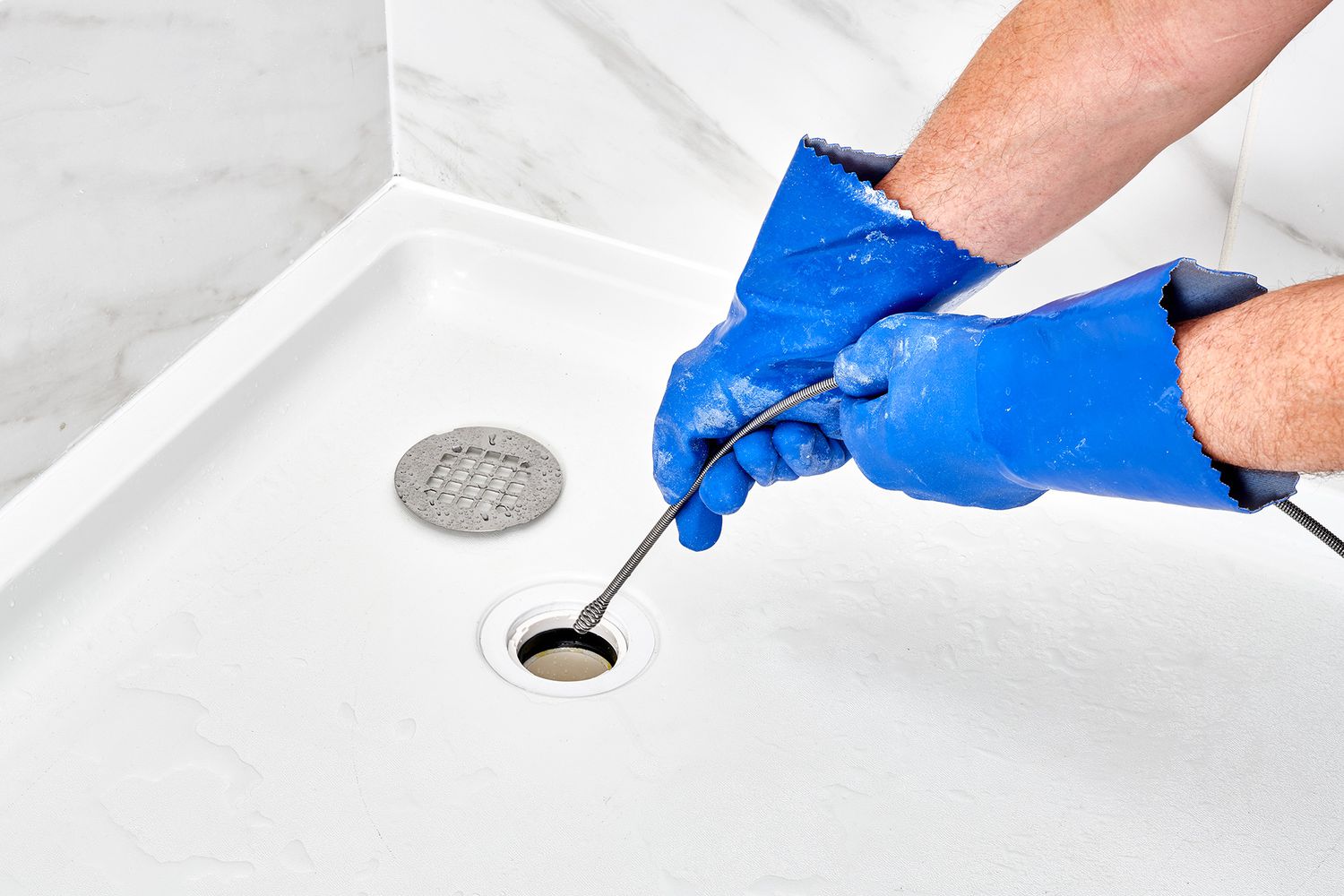


0 thoughts on “How To Clear A Plumbing Vent”